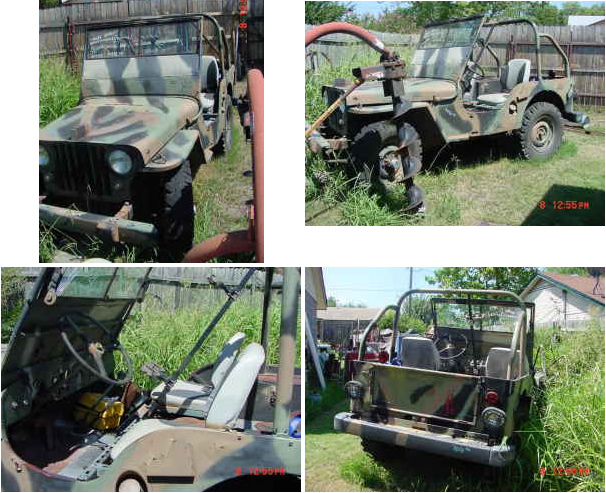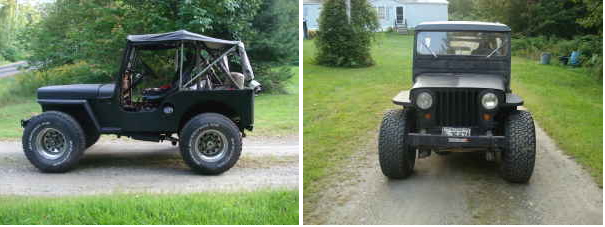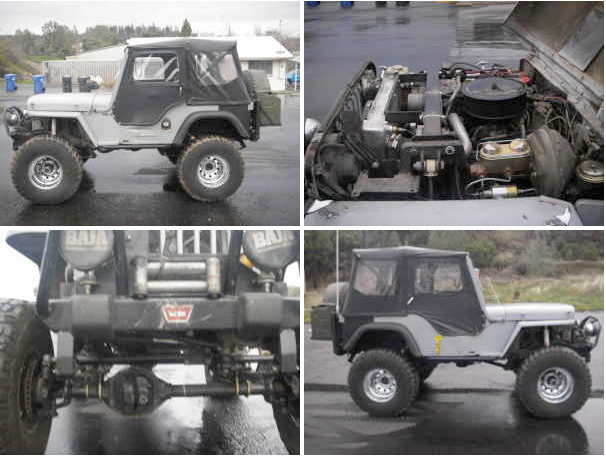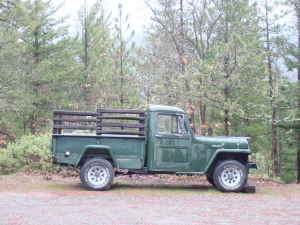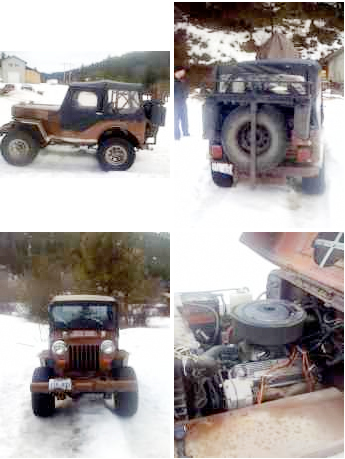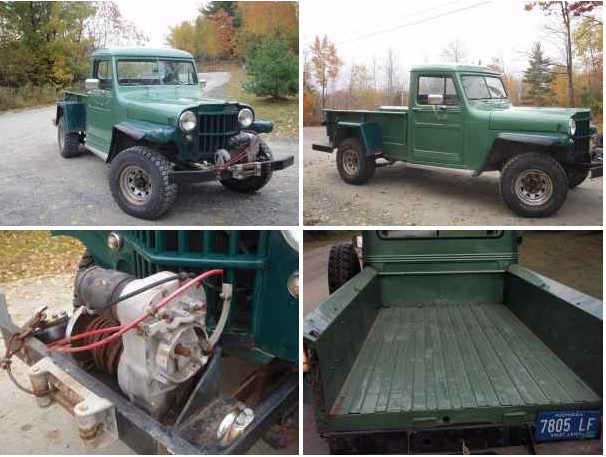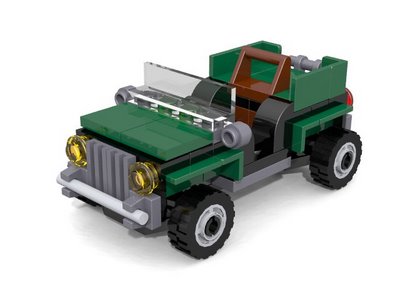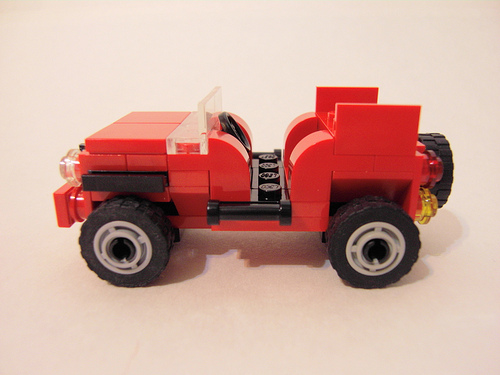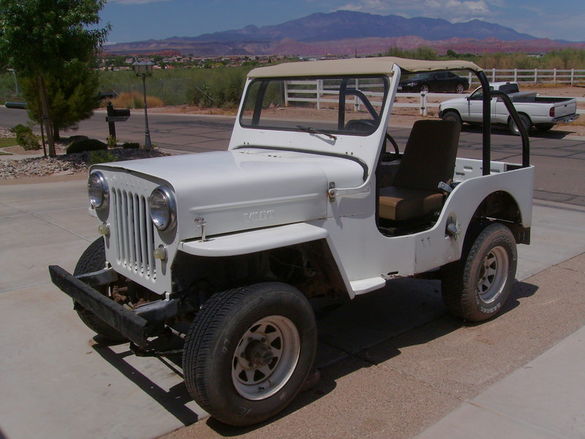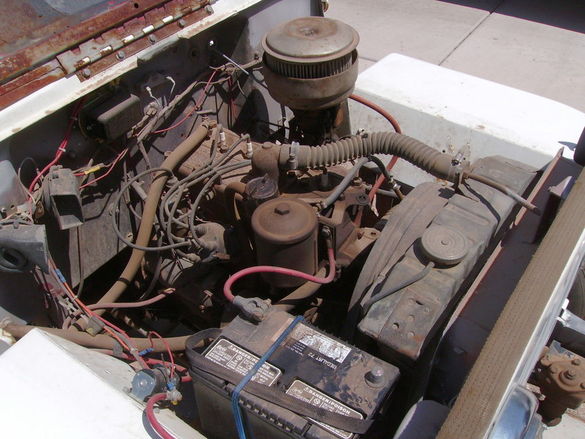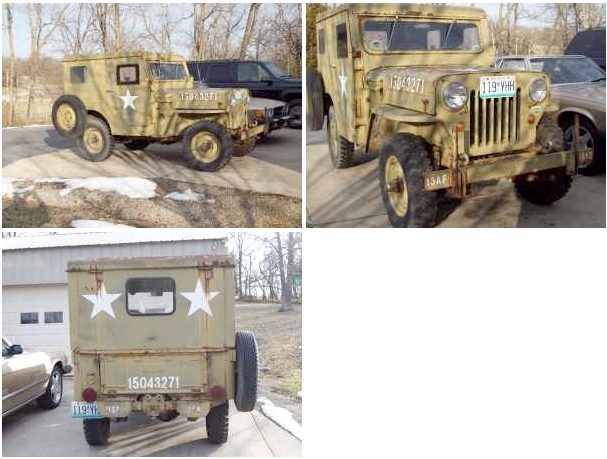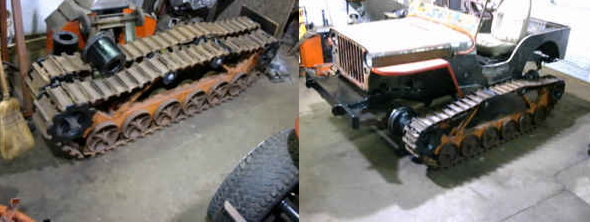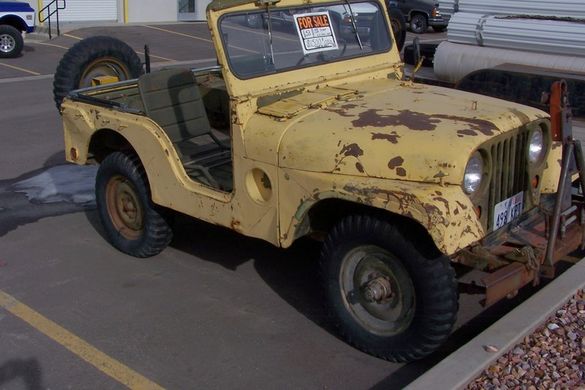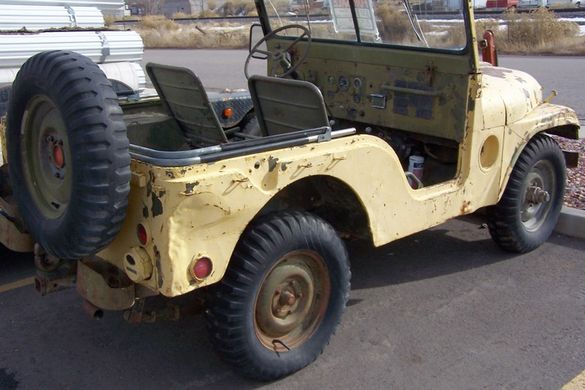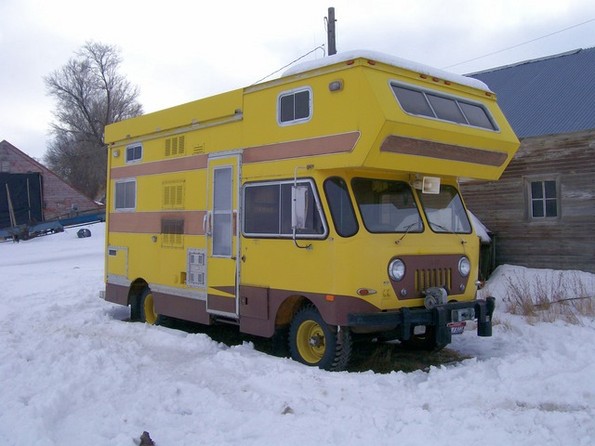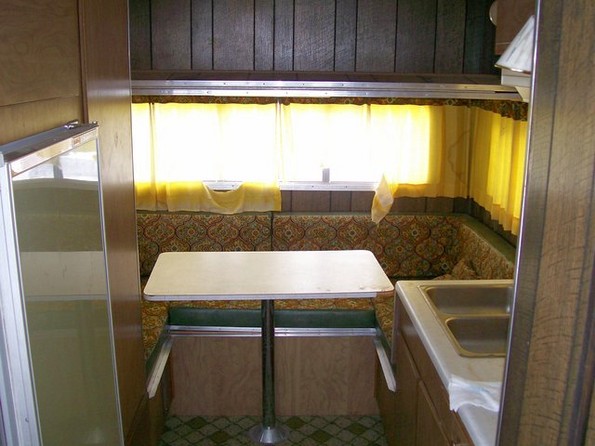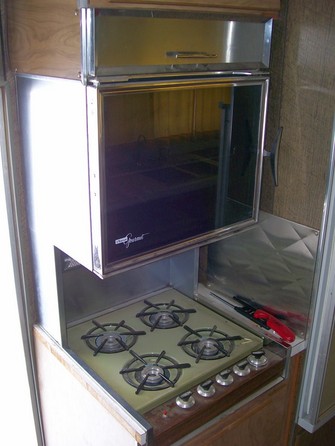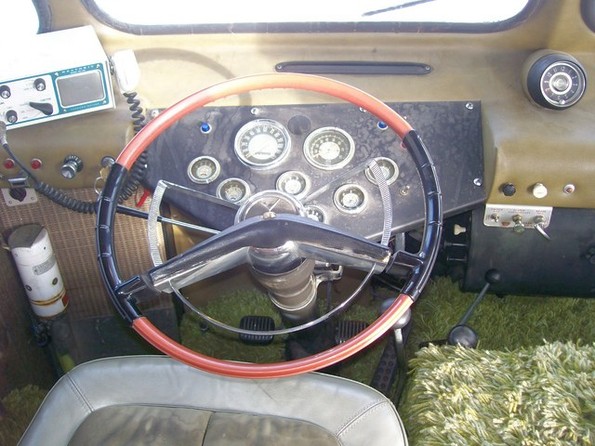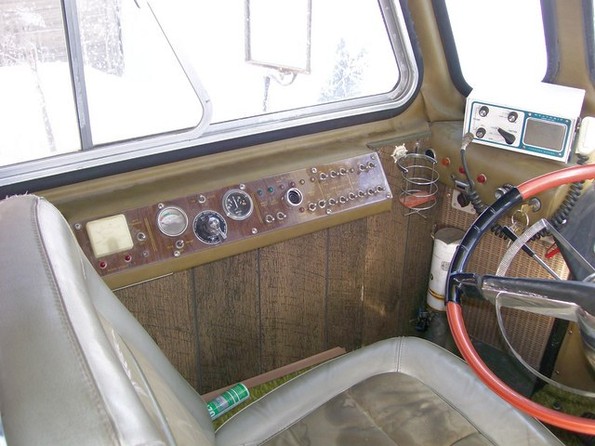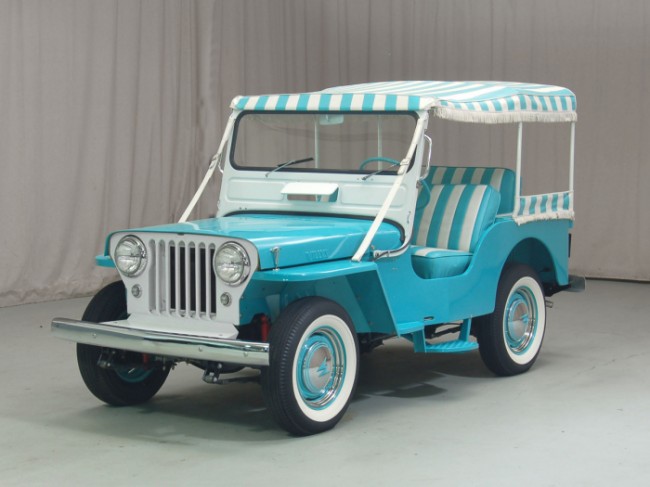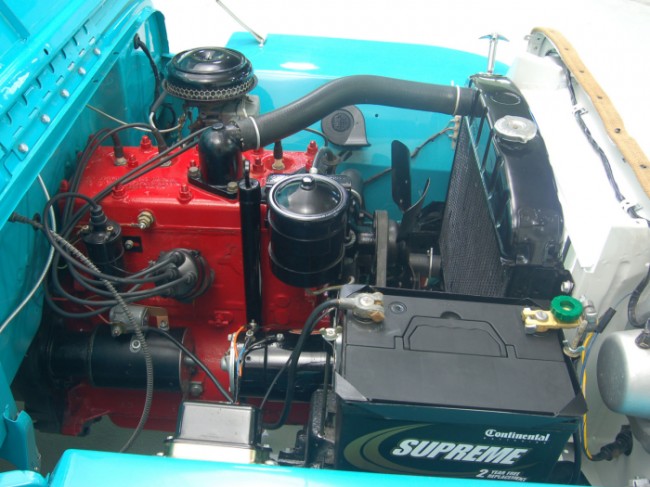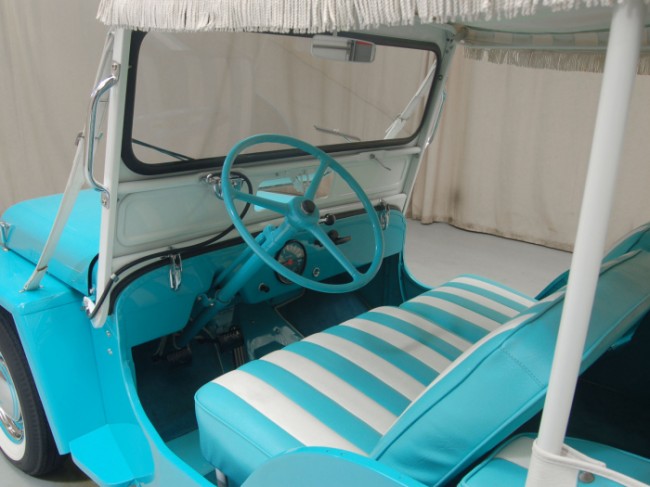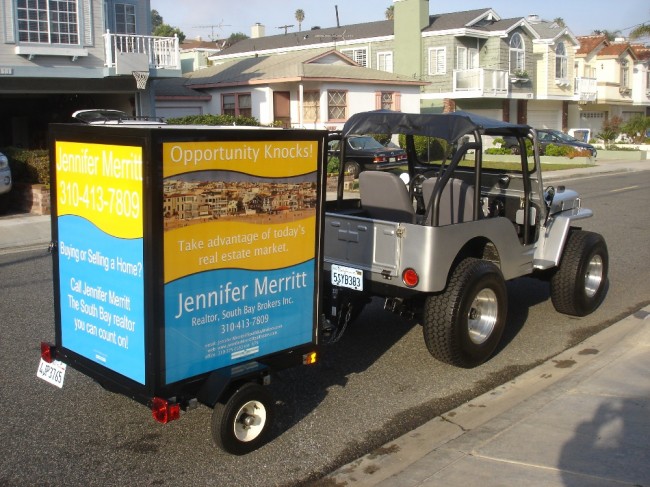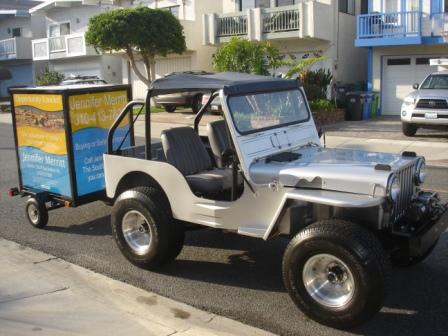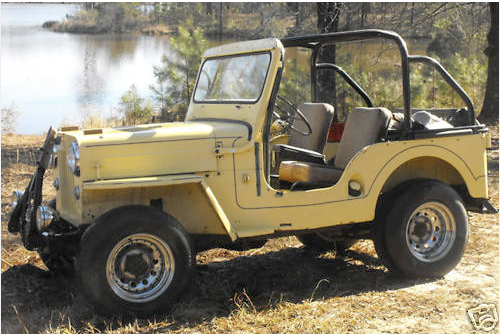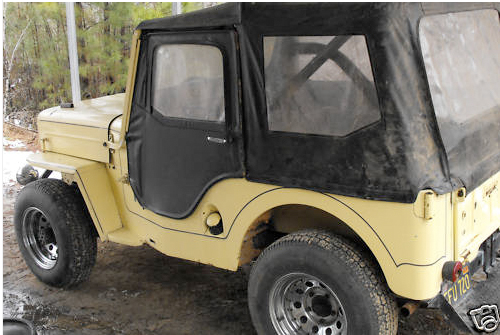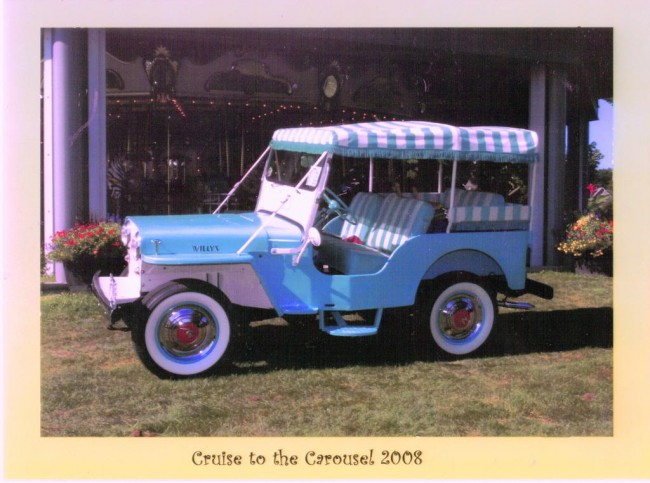 UPDATE: Bruce let me know that there were three different windshields sported by the DJ-3A:
UPDATE: Bruce let me know that there were three different windshields sported by the DJ-3A:
1. The typical 3A type with the vent that opens up;
2. It also came with what is referred to as the 3B WS frame. That green jeep (see below) probably has it’s original WS frame;
3. The 3rd style is the ventilating WS frame that is similar to the 2a frame in
that the glass tilts outward. This 3rd type is very rare and I have only
seen one DJ with the 3rd style
OVERVIEW
I’ve been meaning to write this history of sorts about the DJ-3A ever since I received this information from Bruce last October. Many thanks to Bruce for his tireless effort to understand the DJ-3A and his desire to share this information with the world-at-large.
I would still not consider this post finished, as I’m sure a few of you have some interesting details to add or correct.
THE GOAL:
My goal here is to take Bruce’s information and organize it in a way to make sense of this strange thing called the DJ-3A Dispatcher Gala Surrey Not-quite-a-CJ-3A colorful Jeep. I want to differentiate between these three models — DJ-3A/DJ-3A dispatcher, DJ-3A Gala, and the DJ-3A Surrey — so that I can better evaluate these vehicles when I run across them for sale.
So, let’s begin:
One of the more confusing series of jeeps I’ve encountered are the DJ-3A, the DJ-3A Gala and the DJ-3A Surrey. However, thanks to both information from Bruce (who also supplied Derek Redmond with much of the DJ-3A Gala Surrey information and pics on the CJ-3B Page) and an article in the December 2009 issue of Vintage Truck Magazine, I *think* I have a much better feel for this topic.
Importantly, and for clarification, based on all the research I have reviewed, there appears to be no such thing as a DJ-3A Gala Surrey (and I’m as responsible as anyone for describing them that way). The literature I have received from Bruce refers to either a DJ-3A Gala or a DJ-3A Surrey. The Gala’s were promoted as Gala’s at the international resorts and Hawaii (which became a state in 1959, which might explain why this was being handled like an international sale).
THE DJ-3A & DJ-3A DISPATCHER:
The DJ-3A was introduced in 1955. It used the body style of the older CJ-3A, along with the L-134 engine. Unlike the CJ-3A, it came with either a column shift or top loader three-speed T-96 manual transmission. It was offered with many different body options including a soft top, hard top, or even a full van body. Some of these body options made changes to the body necessary, including some that had no tailgates so the spare tire could mount in the rear.
Others, like the DJ-3A Dispatchers, had differently shaped passenger and driver sides to allow easy entry & exit of the vehicle (I assume those were the reasons). With all these different body options, it is no wonder many of us, and yours truly as well, were confused about what constitutes a DJ-3A.
Thus far, everything I’ve learned suggests that there were no 4wd DJ-3A’s produced. So, if you encounter a 4wd DJ-3A, it’s been modified.
Probably, the most distinctive, unique, and consistent body attribute of a DJ-3A is the large speedometer, similar to the CJ-5 and the post-1955 CJ-3B speedometers. It was the only ‘low hood’ flat fender produced with the large speedometer.
EXAMPLES:
Below is a Convertible DJ-3A. You can see the lack of 4wd in the front. Click on the picture to see more pictures. Though I thought the below windshield was from a CJ-3B, Bruce provided a correction to that statement. He says some DJ-3As came with a 3B SW Frame, and he believes that’s what we are looking at in this pic.
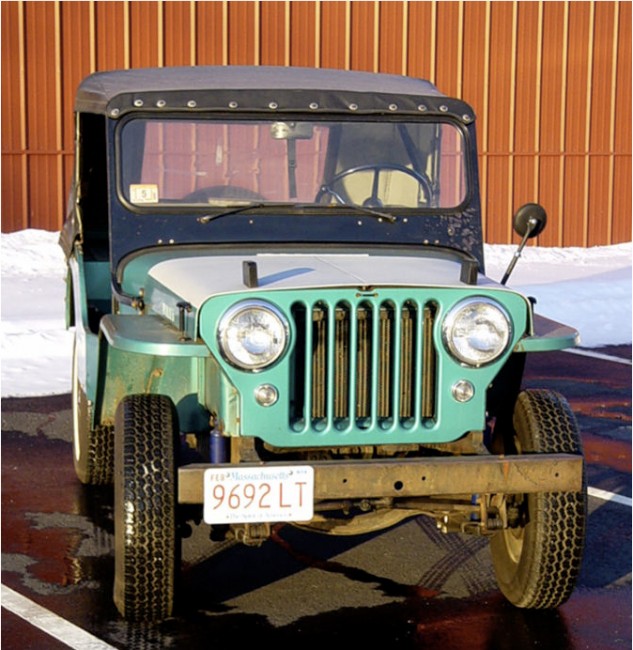
Here’s an example from Chris of a DJ-3A without a tailgate.
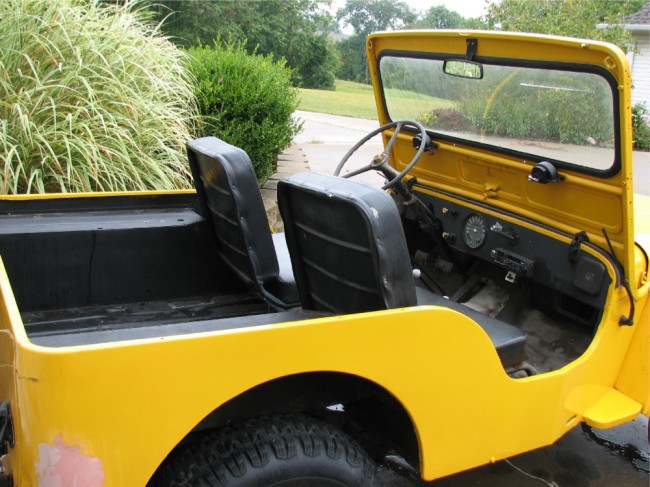
Here’s a DJ-3A Dispatcher example (note cutout sides) with a tail gate:
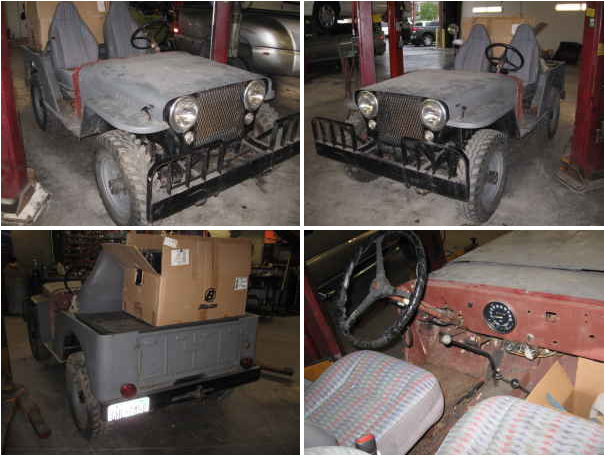
And here’s another nice dispatcher with a top:
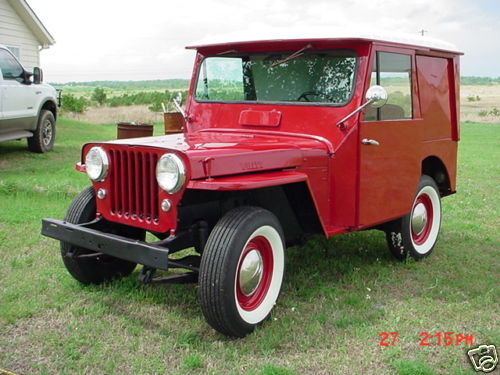
THE DJ-3A GALA:
In early 1959, the DJ-3A Gala was introduced and marketed to vacation locations in an attempt to offer rentable transportation solutions for vacationers visiting resorts. According to the article below, the idea was the brain child of the Las Brisas Resort in Acapulco, Mexico, which painted a few jeeps pink and offered them to consumers. Louis Yocich, a Willys dealer, spotted them and brought the idea back to the factory. To this day, the Las Brisas resort and hotel still refers to itself as a ‘Pink and White Paradise” (see quality control comment).
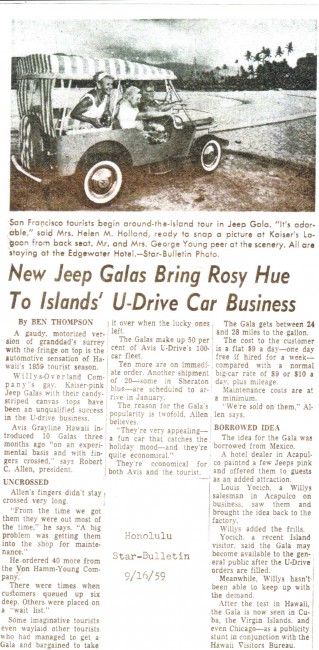
MUCH MUCH More information. This post was simply too big to put on the front page:
Continue reading →

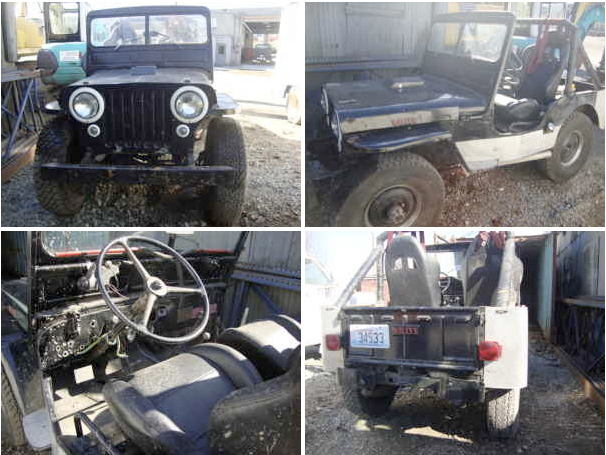
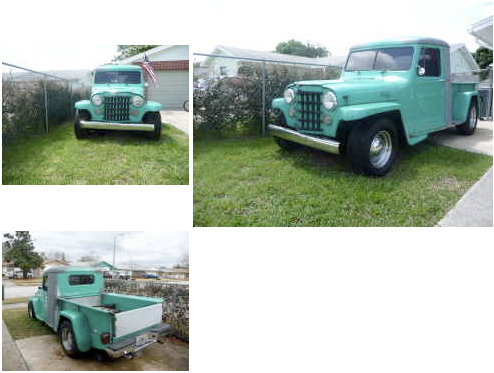
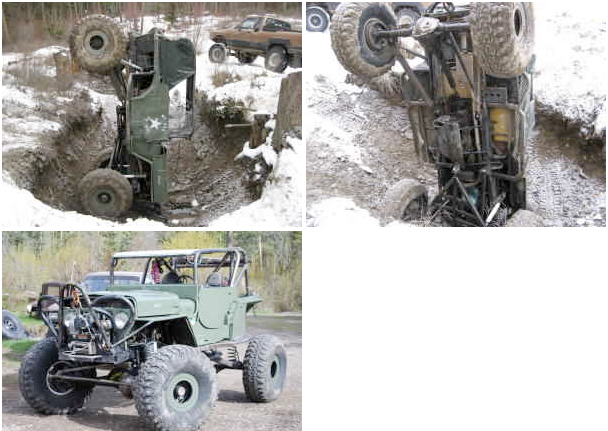
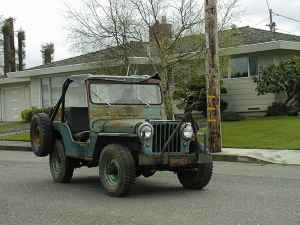
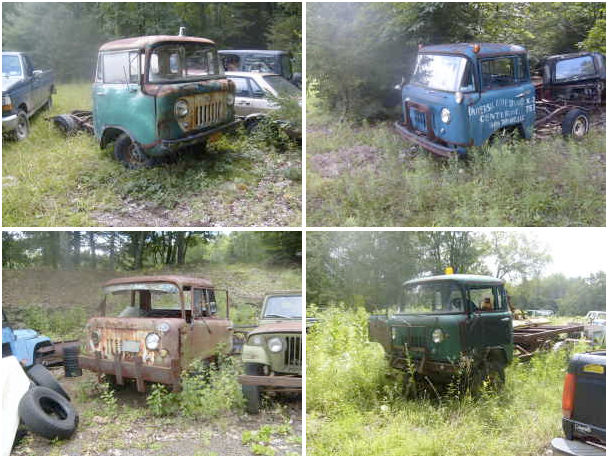

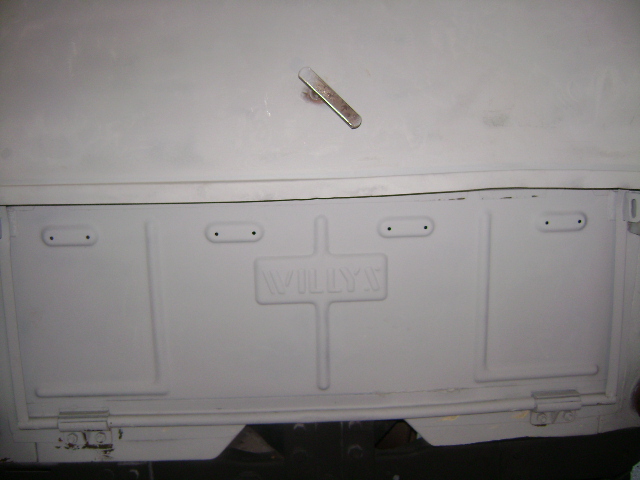

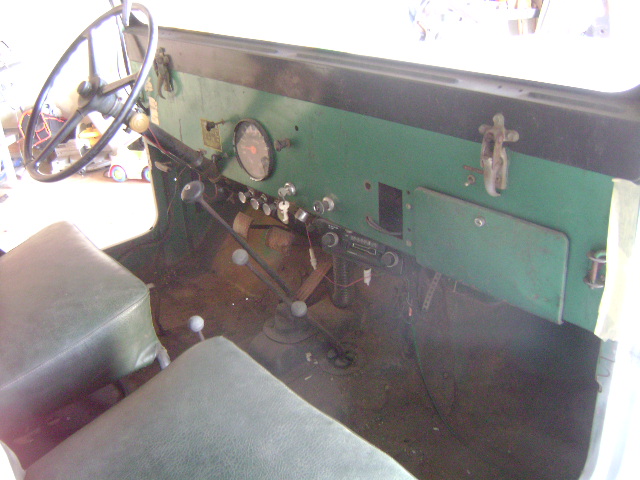
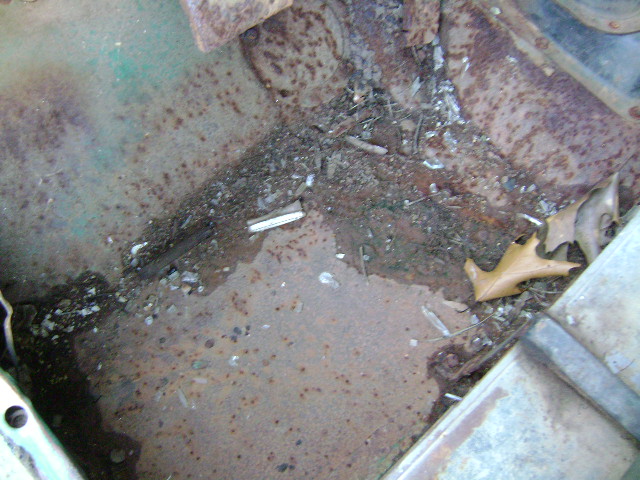
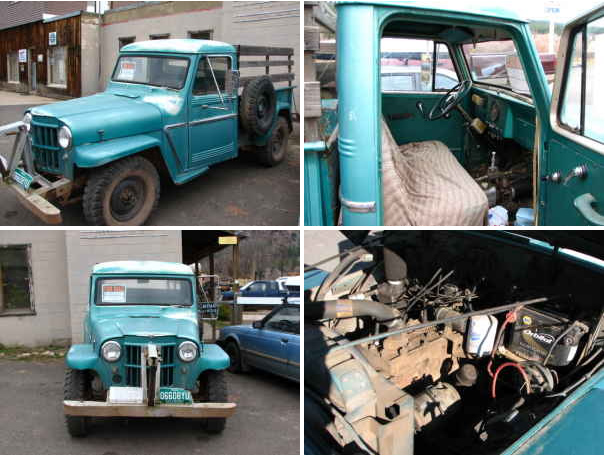
 Up for sale is a 1947 Willys jeep. A great jeep to drive around your deer lease or ranch. Run’s and drives great. Mechanically in all around sound shape. 4 cylinder, starts and runs great. recent work done on the jeep. New fuel tank, and fuel level gauge. Brakes were replaced approx. 2 years ago. Jeep has no title but has the bill of sale from the last owner and I will give a new on upon sale. Has the jeep type wheel’s and tire on it. Lock out hubs are warren brand. Transfer works. Please ask questions and jeep can be test driven.”
Up for sale is a 1947 Willys jeep. A great jeep to drive around your deer lease or ranch. Run’s and drives great. Mechanically in all around sound shape. 4 cylinder, starts and runs great. recent work done on the jeep. New fuel tank, and fuel level gauge. Brakes were replaced approx. 2 years ago. Jeep has no title but has the bill of sale from the last owner and I will give a new on upon sale. Has the jeep type wheel’s and tire on it. Lock out hubs are warren brand. Transfer works. Please ask questions and jeep can be test driven.”